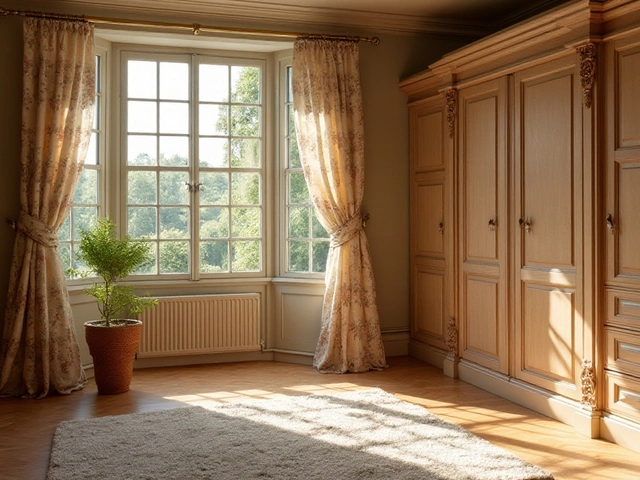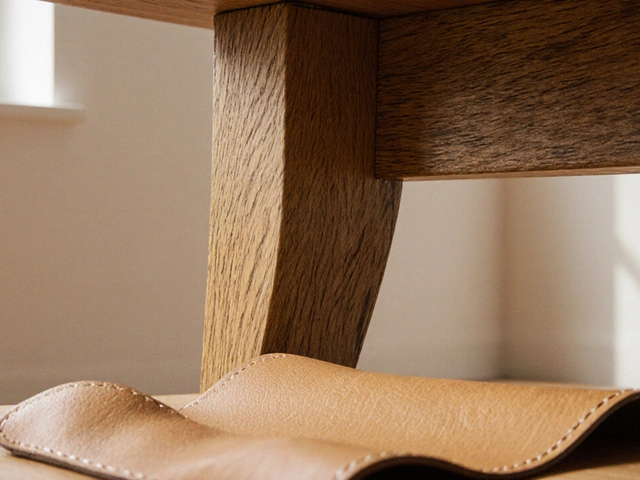Prevent Sagging: Simple Ways to Keep Furniture Sturdy
Ever sit on a chair that dips in the middle or open a cabinet that feels like it’s about to give way? That sagging feeling isn’t just annoying – it can ruin your furniture faster than you think. The good news is you can stop it with a few easy steps. Below are the most useful tricks you can do right now.
Why Furniture Starts to Sag
Most sagging happens because the weight inside the piece isn’t spread evenly. A wooden tabletop that holds heavy dishes, a sofa that gets overloaded with blankets, or a bed frame that isn’t supported in the middle will all bow over time. Moisture also plays a part; when wood swells or dries out, it can lose its shape and start to droop. Finally, cheap fast‑assembly joints can loosen after a few months of use, making the whole piece wobble.
Easy Ways to Stop Sagging
1. Add Extra Support. For tables, put a supportive piece of plywood or a metal brace under the surface. It’s cheap, easy, and instantly stops the middle from sinking.
2. Reinforce Joints. Grab some wood glue and tighten any loose screws or dowels. If the joint is still weak, add a corner bracket – a couple of screws and you’ve added years of life.
3. Balance the Load. Don’t pile heavy books on a single shelf. Spread weight across the whole piece. With sofas, rotate cushions every few weeks so the springs don’t wear down in one spot.
4. Control the Environment. Keep furniture away from damp walls or direct sunlight. Use a de‑humidifier in basements; dry air helps wood keep its shape.
5. Use Proper Feet. Chair legs that are too short or uneven cause the seat to tilt. Replace them with level, sturdy feet or add rubber pads to keep the leg steady.
6. Store Smart. If you must keep furniture in a garage or storage unit, cover it with breathable fabric and use a climate‑controlled space whenever possible. Cold and fluctuating temperatures make wood contract and expand, which leads to sagging.
7. Check for Sagging Early. Run your hand along tabletops, bench seats and cabinet doors each month. If you feel a dip, act now before the problem spreads.
These fixes don’t require a workshop; most can be done with a screwdriver, a bit of glue, and a little patience. By giving your furniture the right support, keeping it dry, and not overloading it, you’ll notice far fewer sags and a longer life for every piece.
Got a sagging item that still won’t cooperate? It might be time to call a professional carpenter. They can add hidden reinforcements that look clean while giving your furniture rock‑solid strength.
Start with one piece, test the trick, and move on. Soon you’ll have a home where everything feels solid, no more sudden dips or creaks. Your furniture will thank you, and you’ll enjoy a sturdier, more comfortable space every day.



